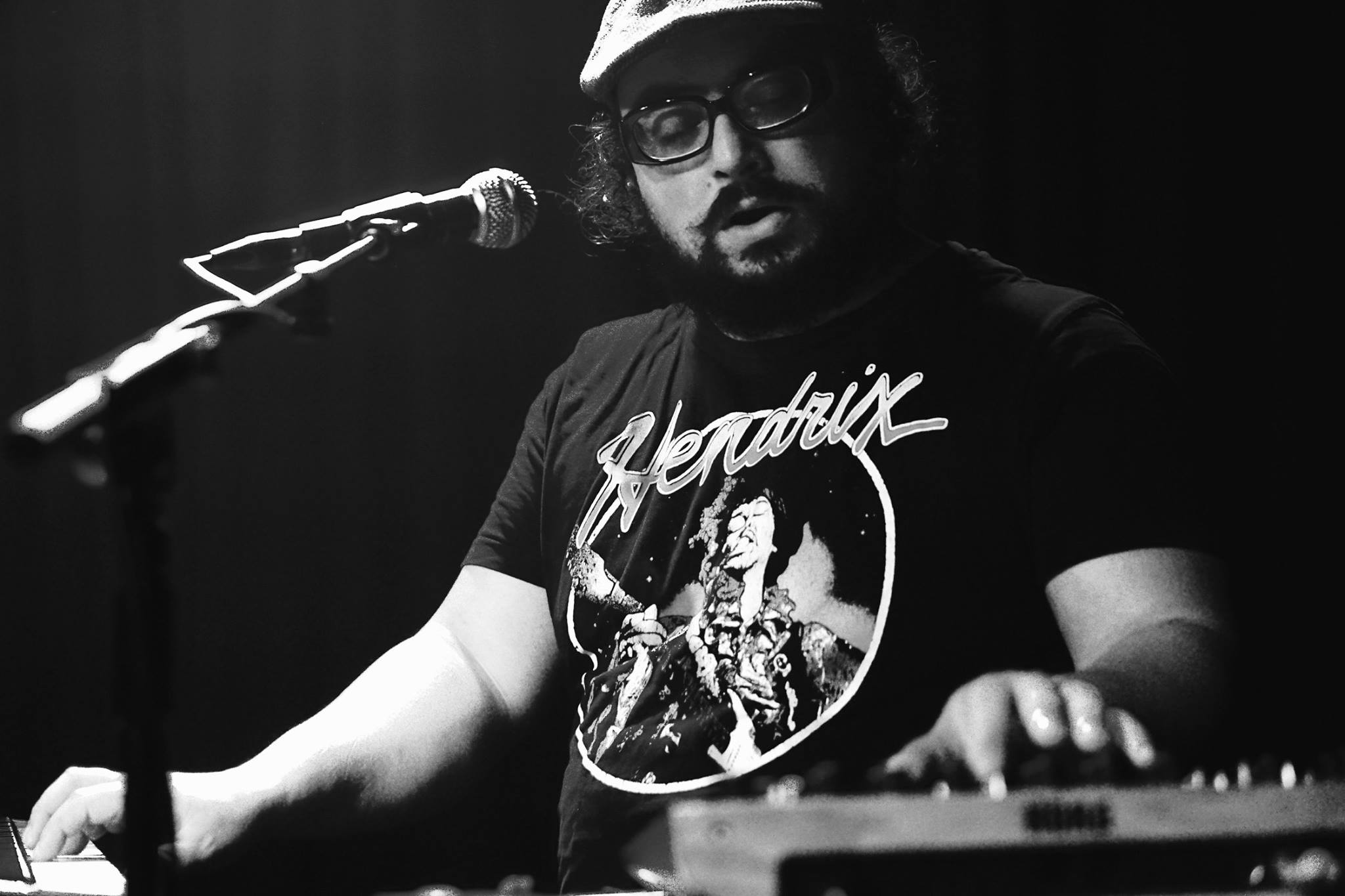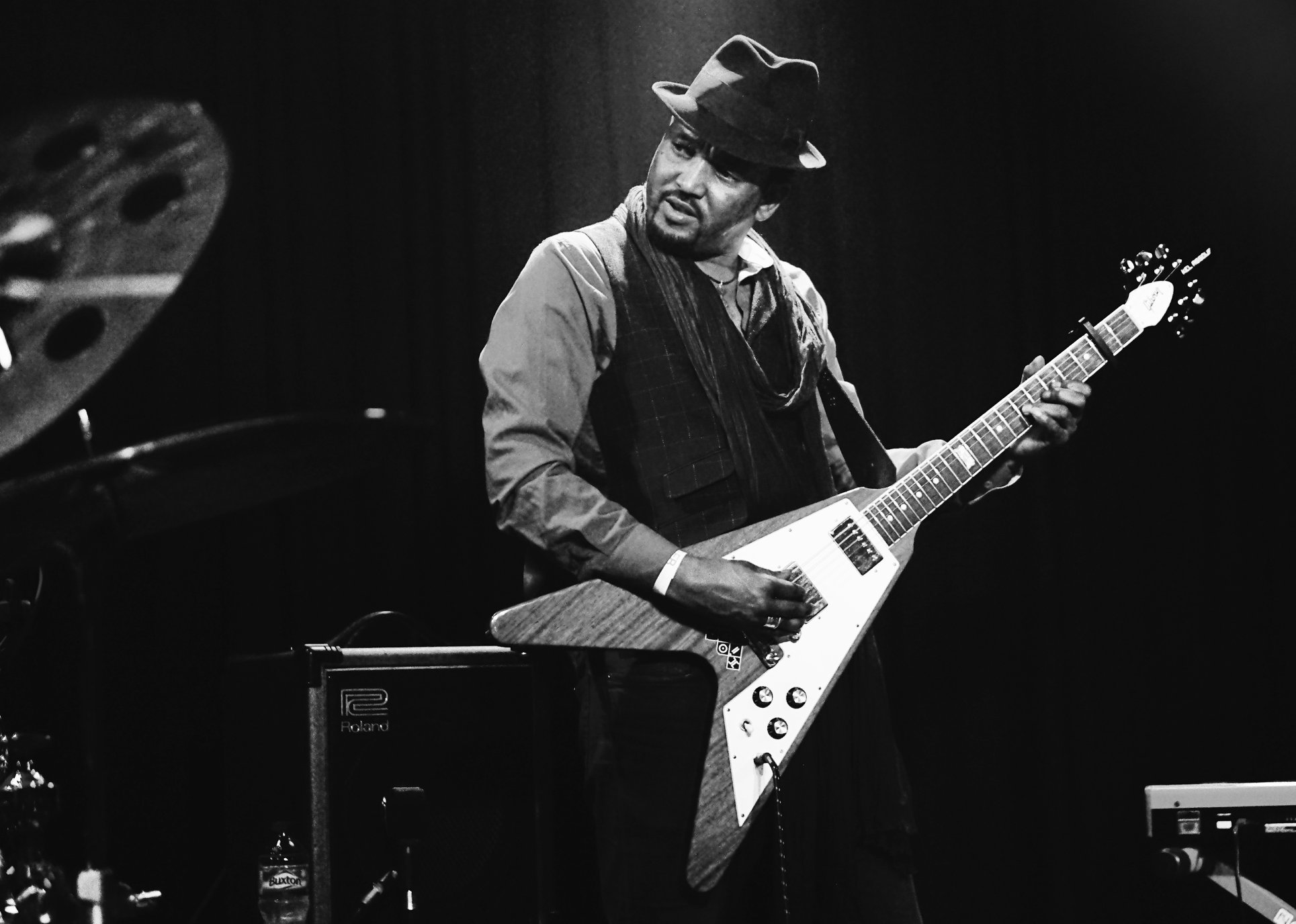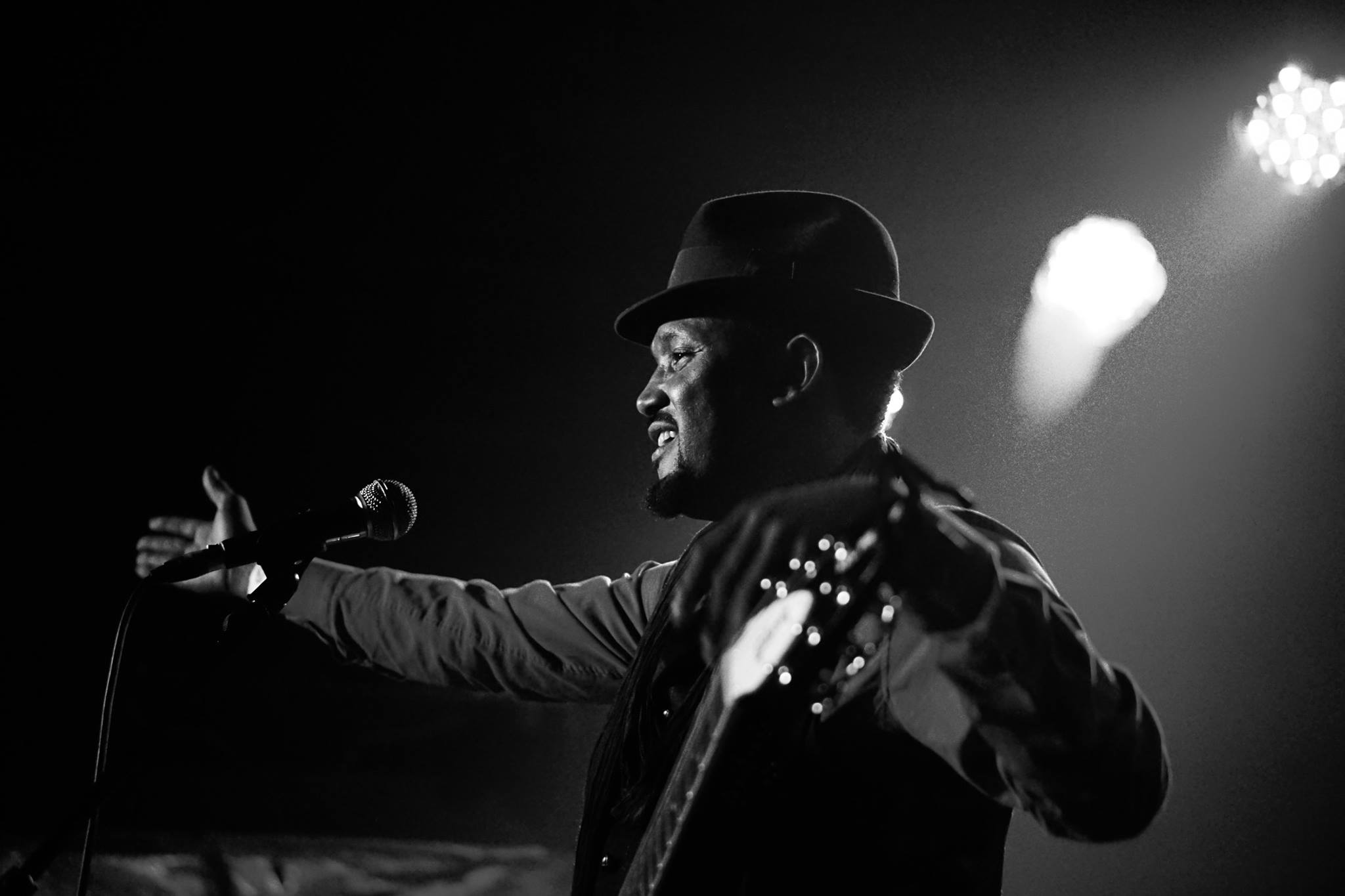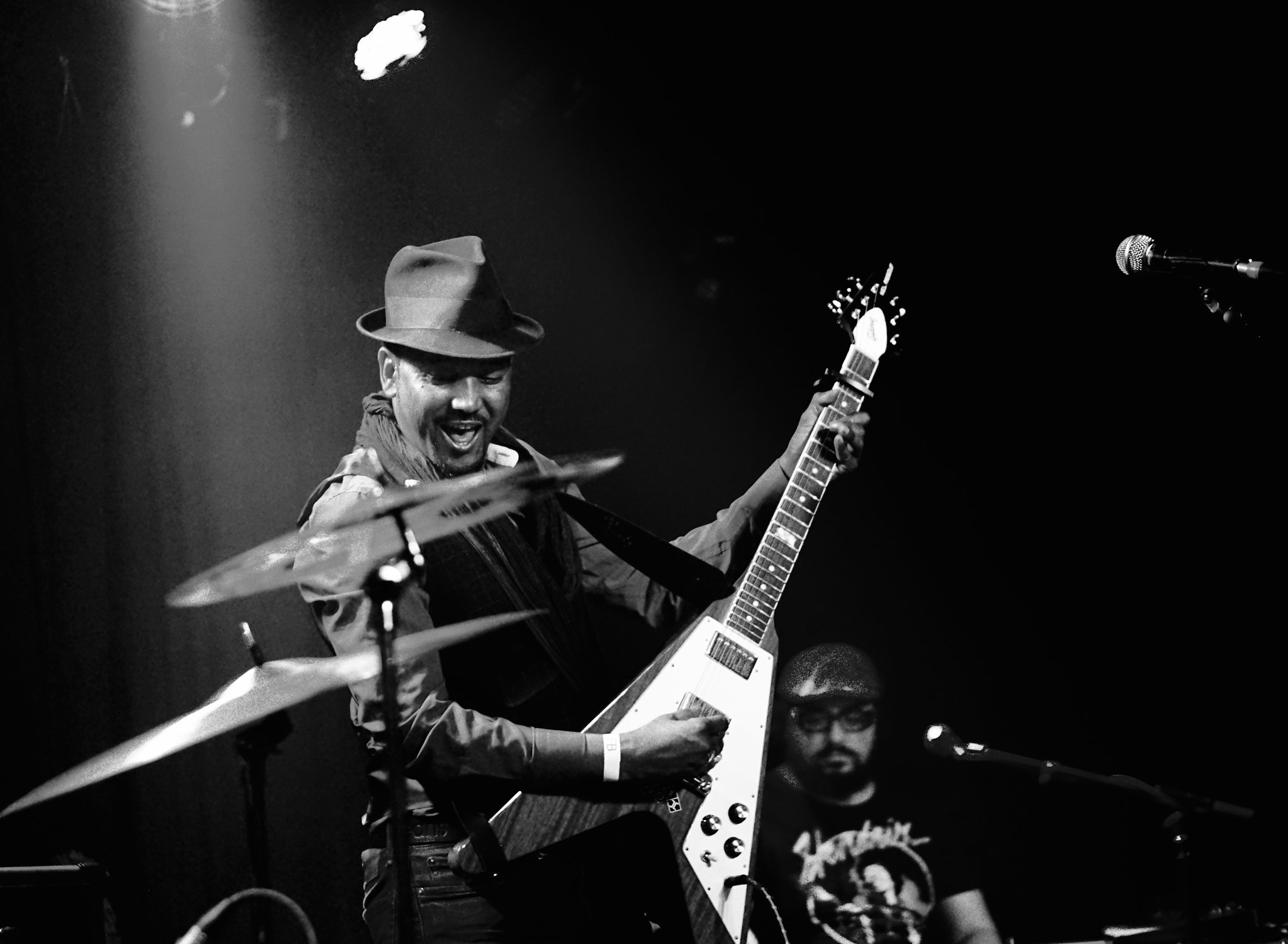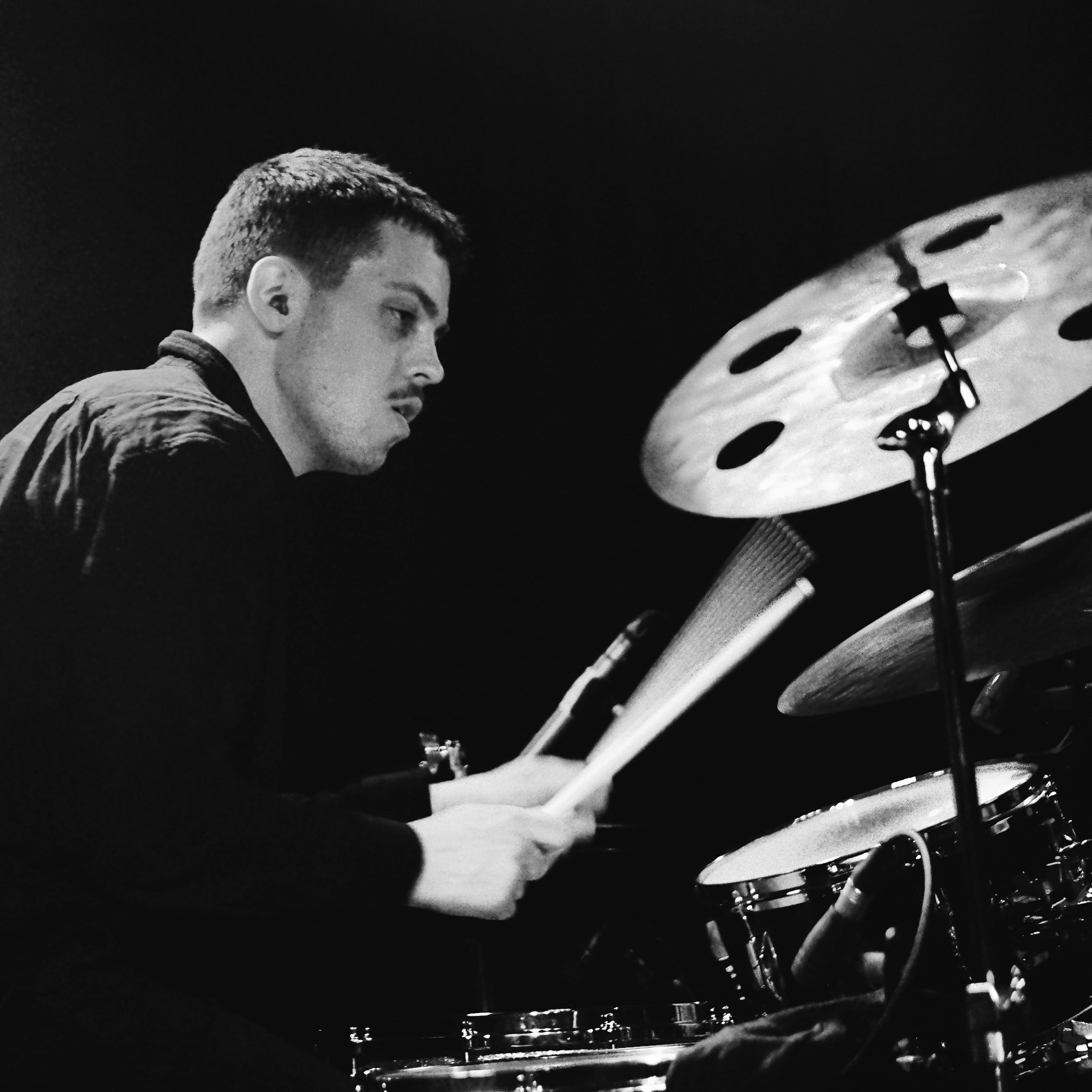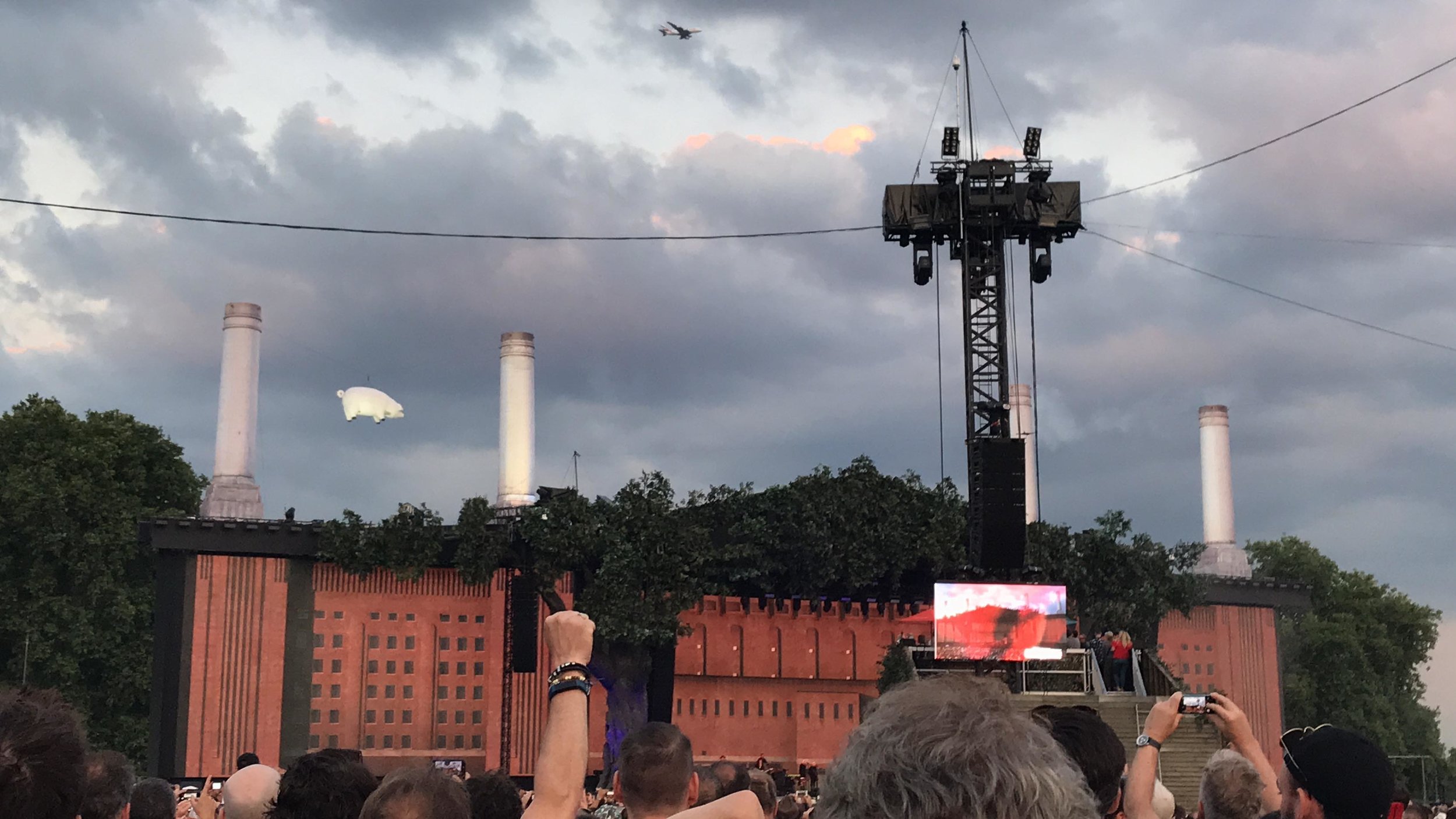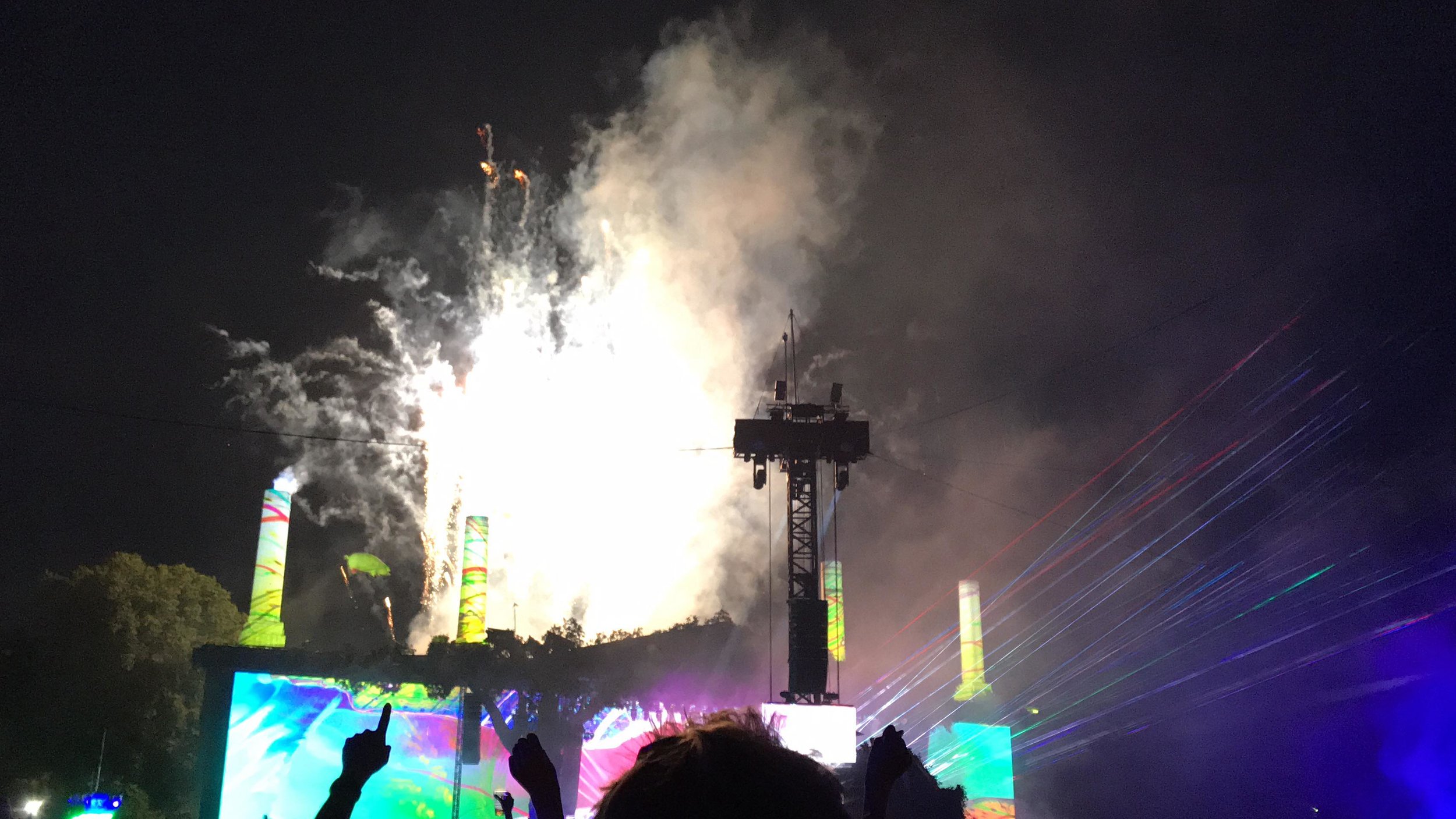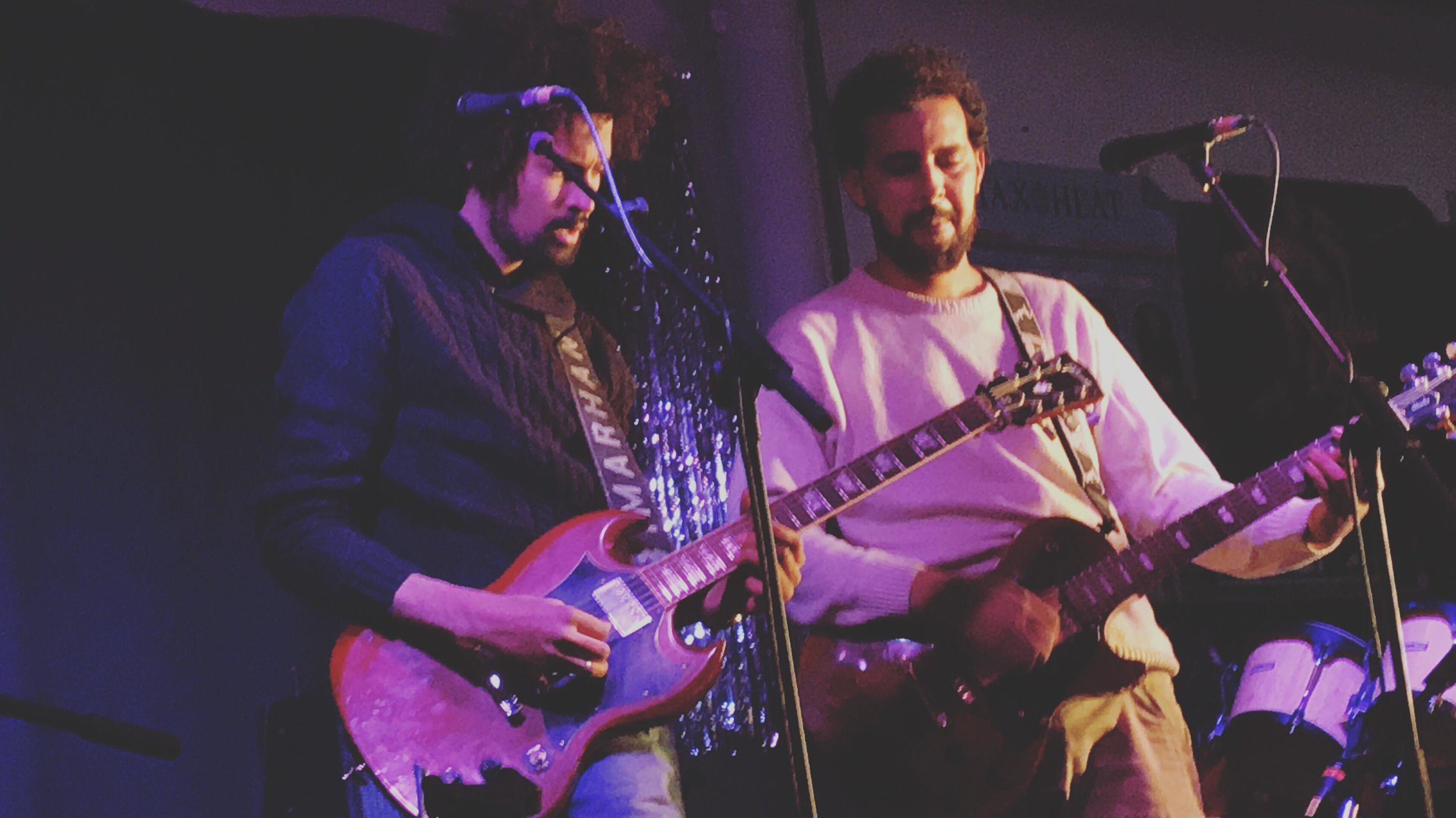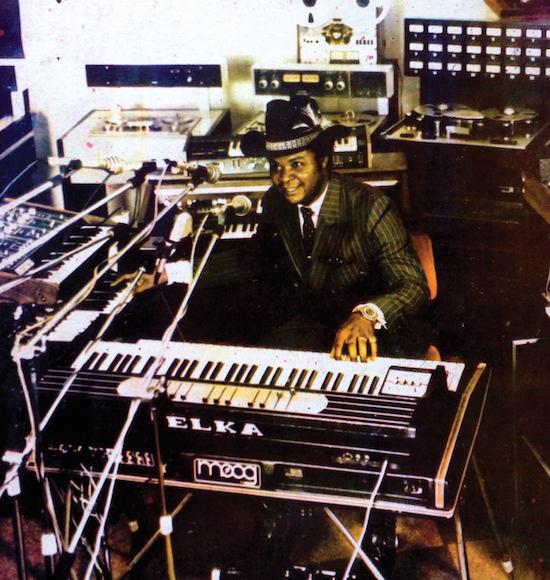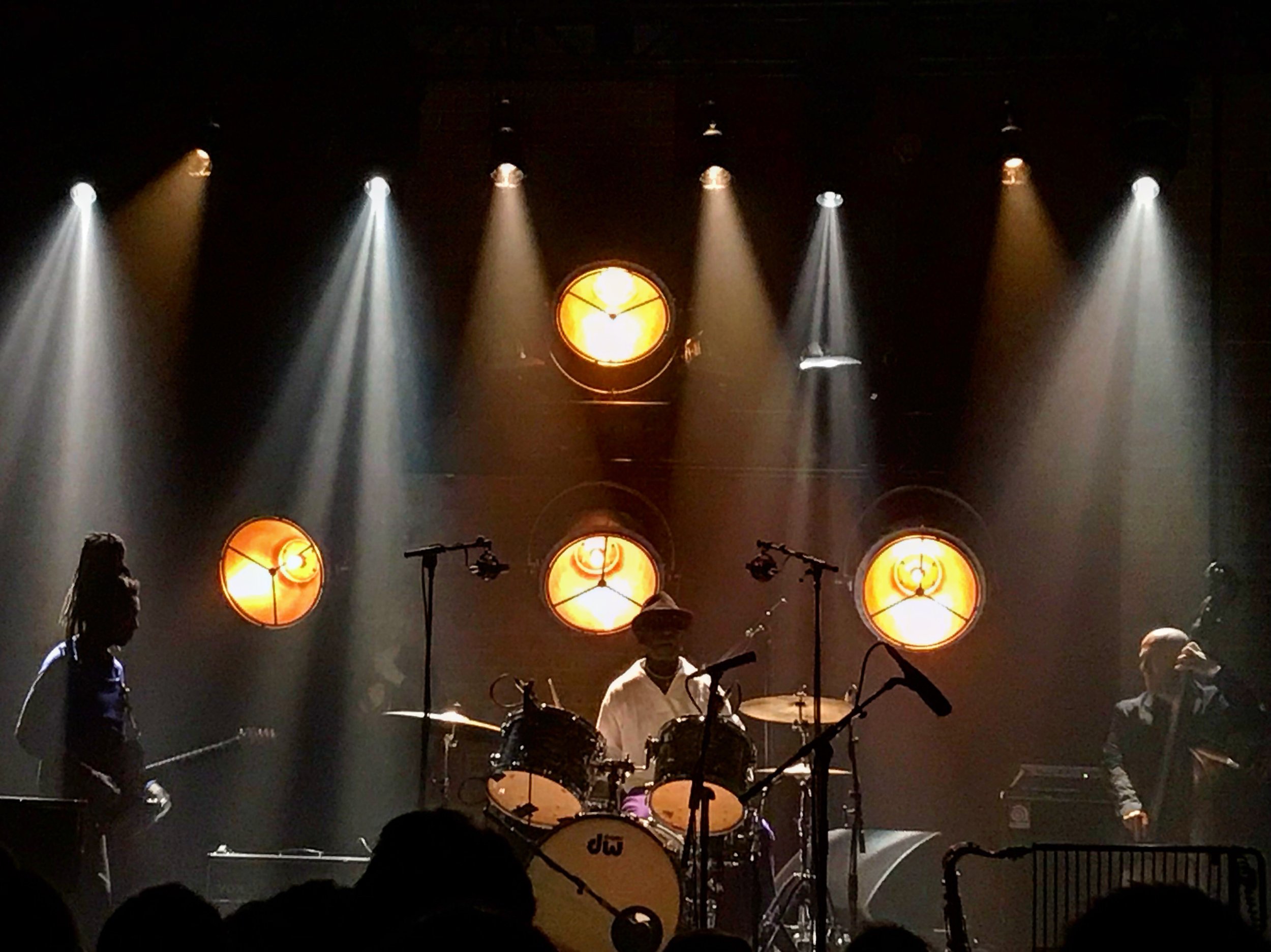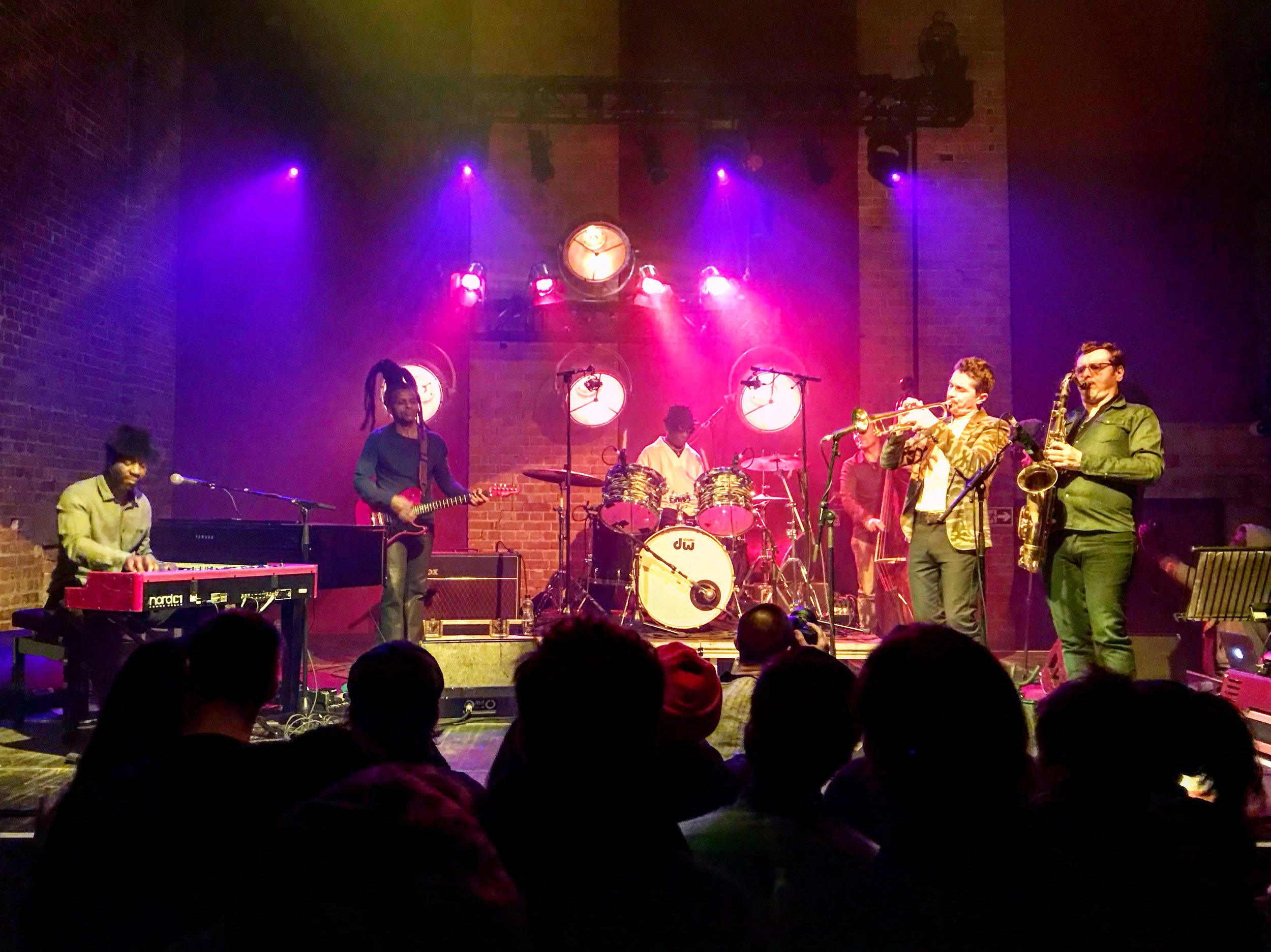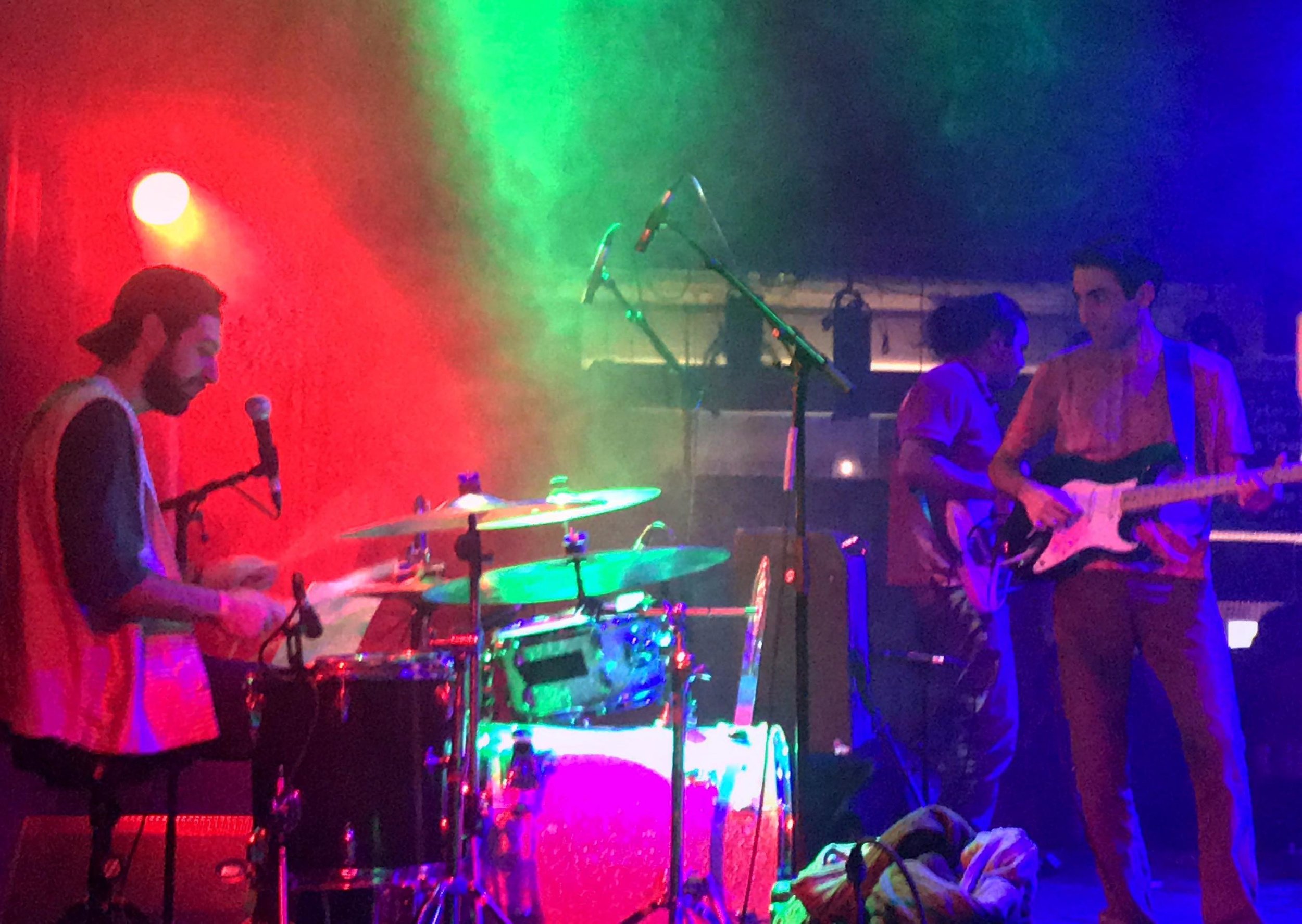Before you read this review of one of Childish Gambino’s final performances, I highly recommend you read my critical analysis of Gambino’s ‘This Is America’ to really understand the political context of the proceeding event.
A solid 9/10
“This is a spiritual place, this is our church… I don’t wanna see any phones, we are here, in the moment.”
Church of Gambino indeed, as the 35 year old took to the sold out ‘busiest music venue in the world’ in the O2 London, Greenwich, an intriguing light show beams across the length of the second largest stadium in the UK, to a dark sheet covering the entirety of the stage - all to climax at the dropping of the sheet to reveal Gambino perched on an extended walk way piercing through the silent arena with a gospel-esc scream accompanied solely by a roaring church organ.
The feeling quickly turned to anticipation, the audience were about to be apart of something, and as he reminded the eager crowd that this is destined to be the last tour of Donald Glovers alter ego: hip-hop funk soul star Childish Gambino - he then welcomed us to his spiritual church, humby thanking every single person in attendance stated he will “love you forever” claiming he could never have believed he’d play in the O2.
Gambino played through his classics, not missing a single note even in his fast flowing trap, and high note bending gospel esc tunes. He treated the crowd to the favourites: ‘Boogieman’ had everyone dancing, no seat remained sat in. Together we traveled through the various energies of Gambino, from the understated funk of ‘Summertime Magic’, to the atmospheric soundscapes of tracks like ‘1.The Worst Guys’ and ’11. Worldstar’, to the low-fi rhythms in ‘Late Night in Kauai’. To the new soul funk of tracks from latest album ‘Awake My Love’.
Furthermore, Gambino hailed his disciples by joining them in the crowd during his performance, and silencing the entire arena during an a cappella in which he showed of his falsetto skills, and appeared to be in awe at surrounding himself by the the crowd - who in turn, were completely mesmerised and awe struck back. ‘Sober’ that had an audience led chorus singing throughout.
The highly anticipated ‘This Is America’ appropriately was the finale before the en-chore, during which the dancers performed the famous dance choreographed by Sherrie Silver. Gambino did not hold back in his subtle political hints the type characterised by this monuments video. He apologised for Trump, and gave his condolences for Brexit whilst encouraging communal friendship and sharing a ‘smoke’.
I felt as though I were a disciple, since his ‘This Is America’ Glover must be (in my opinion) understood as something like a revolutionary. In his every move, he hints at his disappointment in the American and Global race war. His unkept will beard for one, perhaps signifying the ‘unkept wild’ Blackman in America, alongside his decision to adorn a bare chest throughout - taking that rural image of the African American and instead wearing both as proud beacons of his heritage. All very primal and rural imagery, re-appropriated in a capitalist setting of the large concert arena.
In the same way he wears the trousers representative of colonial oppression from the video, and danced distorted throughout echoing imagery of the racist characterisation of black people in the states ‘Jim Crow’ whilst also re-appropriating the imagery by mixing elements of political music pioneer Fela Kuti - and taking the style completely for his own.
His dancing throughout was incredible to watch, whilst the large moveable light screens behind created fascinating visuals. He also took the time to thank all his musicians individually of which, over half were women including all soloists.
He also treated the crowd to a new song, promised to be out soon, nevertheless before the ending of Childish Gambino.
After the en-chore, Gambino returned to finish the show with his soul/funk classic ‘Redbone’ which saw the crowd literally emotionally go wild.
Gambino is more than perhaps one of the best entertainers, he has taken his platform perhaps more ‘real’ than most, speaking out and up for political causes and mis-treatment socially commenting on previously taboo topics. A man of this calibre doesn’t come around often: a writer, director, actor, comedian, producer, performer and more-over all the above: an activist.
His flow’s, raps, drops and beats are varied and nostalgic. All in all I give his show a solid 9/10.



